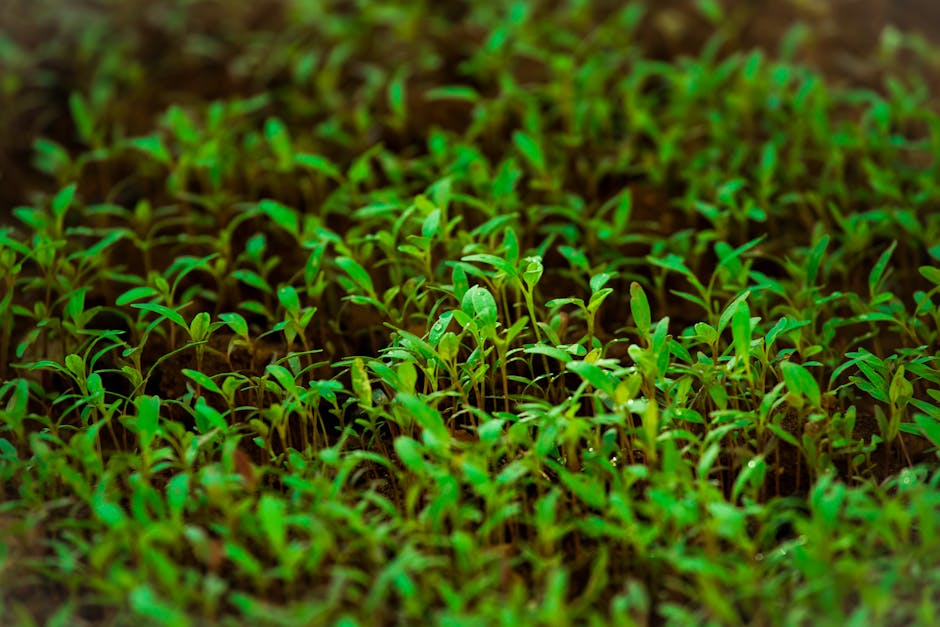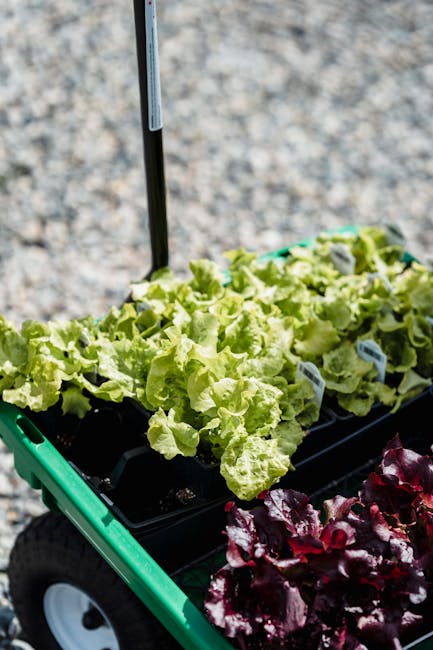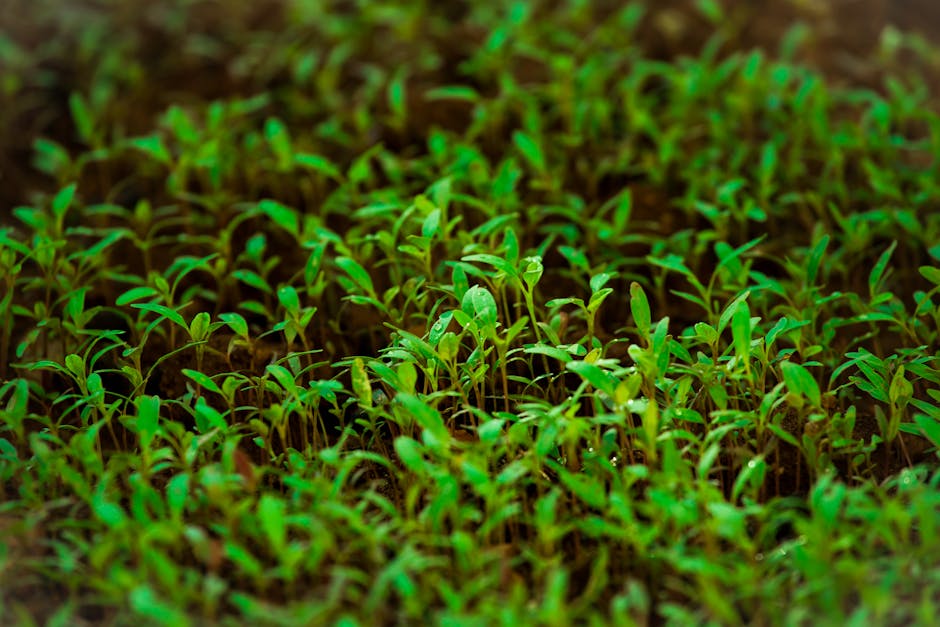Why Build a Seed Stock?
Building your own garden seed stock offers a multitude of benefits beyond simply saving money. It allows for greater control over your garden’s genetic makeup, ensuring you cultivate varieties best suited to your climate and preferences. It fosters a deeper connection with your food source, understanding the journey from seed to harvest. Moreover, it grants you access to heirloom varieties, often unavailable commercially, and safeguards against seed shortages or price increases. This empowers you to adapt your garden to ever-changing conditions and maintain biodiversity.
Choosing Your Seeds: A Foundation for Success
Selecting the right seeds is paramount. Consider the following factors:
- Climate Suitability: Opt for seeds that thrive in your region’s specific climate, considering factors like temperature, sunlight, and rainfall.
- Space Considerations: Choose varieties appropriate for your available garden space, considering their mature size and growth habits. Compact or dwarf varieties are ideal for smaller gardens.
- Pollination: Understand the pollination requirements of your chosen plants. Some require cross-pollination while others are self-pollinating. Knowing this will influence your seed-saving strategy.
- Open-Pollinated vs. Hybrids: Open-pollinated seeds will produce plants true to type, making them ideal for seed saving. Hybrids, often exhibiting superior traits, typically don’t produce reliable offspring from saved seeds.
- Heirloom Varieties: Heirloom seeds offer unique flavors and cultural significance, often well-adapted to specific regions. They are a great addition to any seed stock.
Saving Seeds: A Step-by-Step Guide
Successfully saving seeds requires careful attention to timing and technique. Here’s a breakdown of the process:

1. Selecting Seeds from Parent Plants
Choose the healthiest and most productive plants, observing traits like disease resistance, yield, and flavor. Select seeds only from plants that fully represent the desired characteristics.
2. Timing is Key
Harvest seeds at the appropriate stage of maturity. This varies widely by plant type and should be researched beforehand. Signs of seed maturity may include changes in color, texture, or the ease of separation from the plant.

3. Cleaning and Processing
Once harvested, gently clean the seeds, removing any attached plant material. This prevents mold and ensures long-term storage. Methods vary depending on the plant; some seeds require only air drying, while others may necessitate additional cleaning steps.
4. Drying and Curing
Thoroughly dry your seeds in a cool, dry, and well-ventilated area, away from direct sunlight and moisture. Proper drying is crucial for preventing rot and preserving seed viability. The curing period (the time the seeds need to dry) varies by plant and seed type.
5. Storage Matters
Store seeds in airtight containers, preferably in a cool, dark, and dry location. Proper storage conditions significantly extend the longevity of your seeds. Labels clearly identifying the seed type, variety, and harvest date are essential.
Seed Storage Techniques
Proper seed storage extends the shelf life and germination rates of your seeds. Consider these tips:
- Airtight Containers: Glass jars, zip-top bags, or other airtight containers are ideal for seed storage.
- Cool, Dry Environment: Avoid extreme temperatures and humidity. A cool, dark place such as a basement or pantry is suitable.
- Moisture Control: Silica gel packets can absorb excess moisture, further preventing spoilage. These should be used sparingly; overdrying can also hurt seed viability.
- Labeling: Accurate labels indicating plant type, variety, and harvest date are crucial for organization and easy identification.
- Regular Checks: Periodically inspect your stored seeds for any signs of mold, insect damage, or deterioration.
Advanced Seed Saving Techniques
For enthusiasts seeking to refine their seed saving, these methods offer greater control and precision:
Open-Pollination Management
Maintaining the purity of open-pollinated varieties requires careful isolation from other plants of the same species. This prevents cross-pollination and ensures the preservation of desired traits. This is particularly important for vegetable crops that are prone to cross-pollination.
Seed Testing for Germination Rates
Performing regular germination tests allows you to assess the viability of your seed stock. This involves planting a small sample of seeds and observing their germination rate, providing valuable insights into seed storage efficacy.
Rotating Seed Stocks
Regularly replacing your seed stock ensures continued vigor and reduces the risk of degeneration from prolonged storage. Plan your garden to incorporate new seed acquisition regularly.
Troubleshooting Common Seed Saving Issues
Seed saving isn’t without its challenges. Addressing these issues proactively can ensure success:
- Mold: Improper drying or storage conditions can lead to mold. Ensure seeds are thoroughly dried before storage.
- Insect Infestation: Insects can damage stored seeds. Store seeds in airtight containers to prevent infestation.
- Low Germination Rates: Old or improperly stored seeds may show reduced germination rates. Regular testing and proper storage are key.
Embrace the Rewards of Building Your Seed Stock
Building your own seed stock is a rewarding journey. It connects you deeply with the natural world, empowers you to control your food supply, and allows for exploration and experimentation. Through thoughtful selection, meticulous saving, and careful storage, you can establish a valuable resource that yields delicious homegrown produce for years to come.


